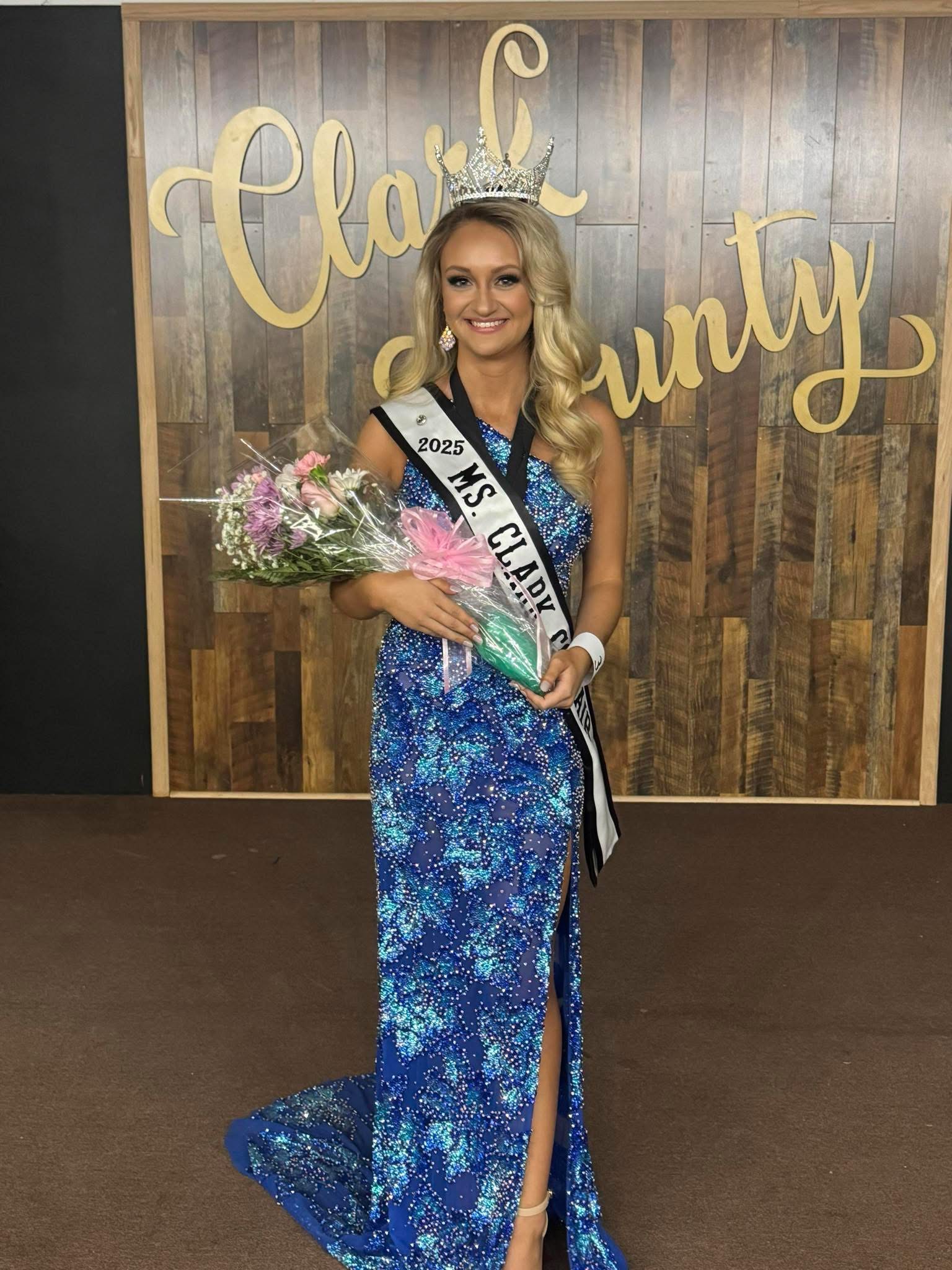Roark: Fall colors and the weather
Published 2:30 pm Monday, October 9, 2023

- Steve Roark
|
Getting your Trinity Audio player ready...
|
By Steve Roark
Contributing Writer
The autumn coloration of trees is always looked forward to with anticipation and is beginning to show in the higher elevations. The presence of many tree species having brilliant fall foliage is more unusual than you think, as the only other places in the world with a similar abundance of foliage colorations are northern China, Korea, and Japan. A common question this time of year is: will the colors be good or not? The answer is meteorological.
The amount, duration, and brilliance of autumn color depend on weather conditions before and during the time the chlorophyll in the leaves is declining. If you remember your science class, chlorophyll is the green biomolecule where photosynthesis takes place in plant leaves. Without chlorophyll, we would all starve.
Temperature, light, and water supply are the primary factors that influence the amount of carbohydrates (sugars) in the leaves that favor the formation of a red color pigment called anthocyanin, resulting in bright fall colors. The green of the chlorophyll usually hides anthocyanin, but as it breaks down in the fall, the hidden bright colors begin to show. Cool but not freezing temperatures favor anthocyanin production, while an early frost is more likely to kill leaves, making them turn brown and drop sooner. Sunny days favor red coloration, while the amount of available water in the soil also affects anthocyanin production, with mild drought favoring bright reds. Rainy days near peak coloration will decrease color intensity, and severe summer droughts can delay the onset of fall color and even extend it. Temperature, sunlight, and moisture are highly variable each year, ensuring that no two autumns are alike.
The best fall foliage occurs when it’s dry during late summer to start the formation of a barrier in the leaf stem (called the abscission layer) to trap sugar in the leaf. Then, to prevent leaves from falling too soon, rain is needed in early fall. An alternation of heavy rain and bright sunshine, along with the gradual dropping of temperatures, gives the most brilliant colors.
The prediction for 2023 is to have above-average color due to decent summer rains followed by a dry and sunny early fall. Reds will likely be the dominant color.
Steve Roark is a volunteer at Cumberland Gab National Historical Park in east Tennessee.





